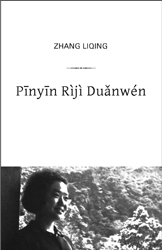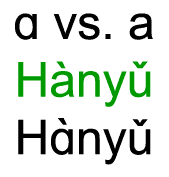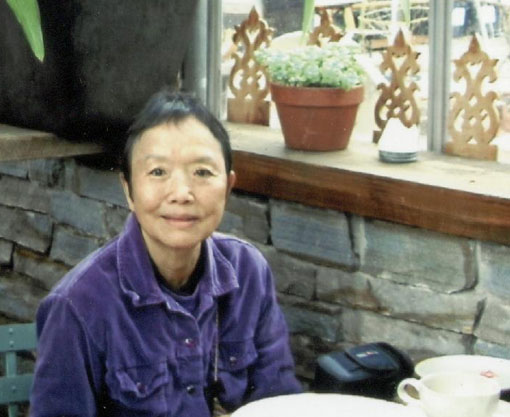Twenty-five years ago, John DeFrancis wrote a terrific essay on what he aptly dubbed homographobia (in Mandarin: tóngyīncí-kǒngjùzhèng). It’s a word that deserves wider currency, as the irrational fear he describes still affects a great many people.
Homographobia is a disorder characterized by an irrational fear of ambiguity when individual lexical items which are now distinguished graphically lose their distinctive features and become identical if written phonemically. The seriousness of the disorder appears to be in direct proportion to the increase in number of items with identical spelling that phonemic rendering might bring about. The aberration may not exist at all among people favored by writing systems that are already closely phonemic, such as Spanish and German. It exists to a mild degree among readers of a poorly phonemic (actually morphophonemic) writing system such as English, some of whom suffer anxiety reactions at the thought of the confusion that might arise if, for example, rain, rein, and reign were all written as rane. It exists in its most virulent form among those exposed to Chinese characters, which, among all the writing systems ever created, are unique in their ability to convey meaning under extreme conditions of isolation
That the fear is a genuine phobia, that is an irrational fear, is attested to by the fact that it is confined only to those cases in which lexical items that are now distinguished in writing would lose their distinctiveness if written phonemically, as in the case of the three English homophones mentioned above. Quite irrationally, the fear is not provoked by lexical items which are not now distinguished in writing, even though the amount of already existing homography might be considerably greater than in projected cases, such as the mere three English words pronounced rane. The English graphic form can, for example, has at least ten different meanings which to a normal mind might appear as ten different words. But no one, either in or out of his right mind in such matters, suffers any anxiety from the problems which in theory should exist in such extensive homography.
The uncritical acceptance of current written forms as an immutable given ignores the accidents in the history of writing that have resulted in current graphic differentiation for some homophones and not for others. Such methodological myopia cannot lead to any useful consideration of ambiguity….
The complete essay is now online: Homographobia.



 About a year ago (which is roughly how overdue this post is),
About a year ago (which is roughly how overdue this post is), 
